Dogs have an innate curiosity and energy that often leads them to explore their surroundings in playful, and sometimes destructive, ways. One of the common challenges faced by dog owners is the tendency of their furry friends to dig up garden plants. While this behavior can be frustrating, it is a natural instinct for many dogs. Understanding why dogs dig and implementing effective strategies can help preserve the beauty of your garden while keeping your pet happy. In this article, we will explore various methods to curb your dog’s digging habits without compromising their well-being.
Understanding Why Dogs Dig
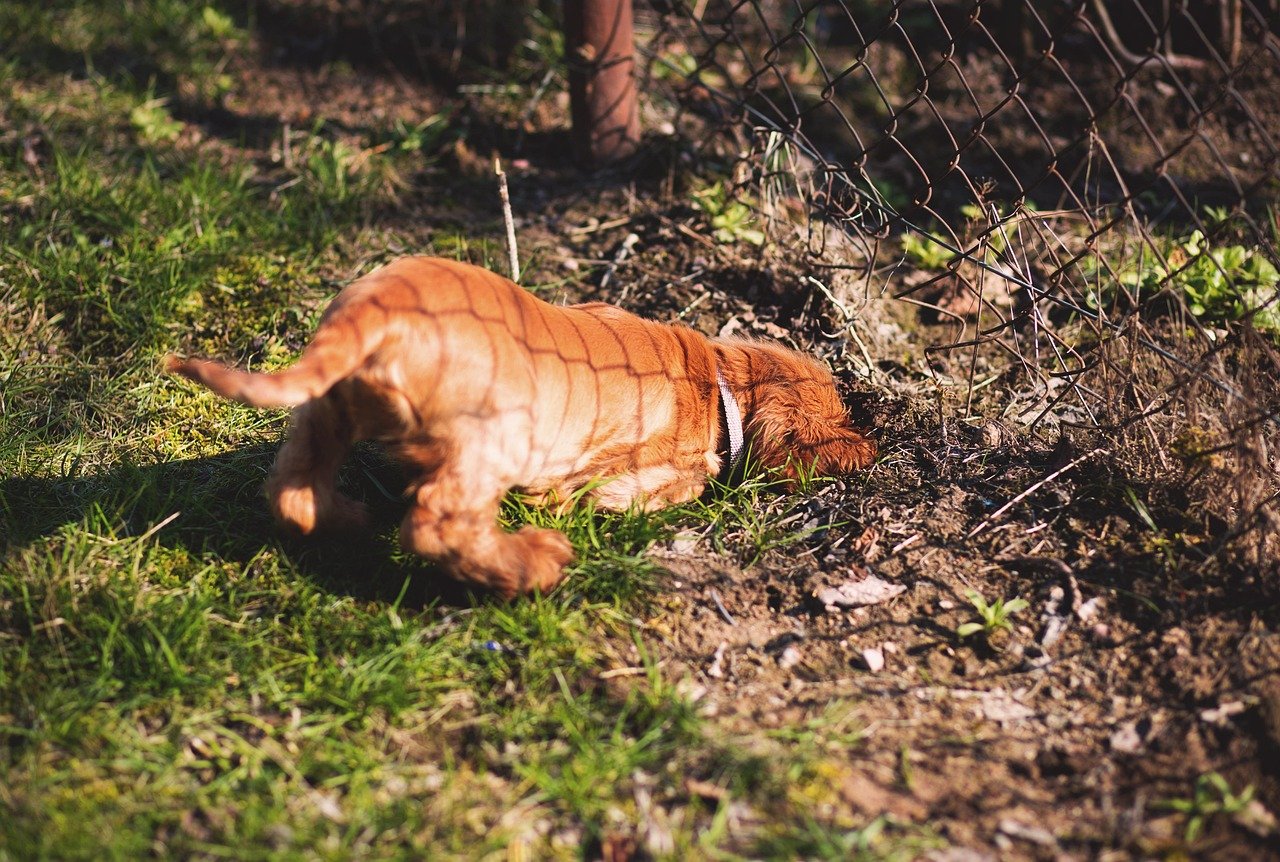
A beautiful garden can quickly turn into a mess when your dog decides to dig up your carefully planted flowers and vegetables. While digging is a natural behavior for dogs—driven by instincts, boredom, or the need to cool off—it can be frustrating for any gardener. Fortunately, with the right approach, you can redirect this behavior and protect your plants without discouraging your dog’s natural instincts.
Before you can effectively address your dog’s digging behavior, it’s crucial to understand why they dig in the first place. Dogs dig for various reasons, including boredom, anxiety, hunting instincts, or simply for fun. Some breeds, like terriers, have a natural inclination to dig due to their history of hunting and burrowing. By identifying the root cause of your dog’s digging, you can tailor your approach to address their specific needs. Observing your dog’s behavior and the times they are most likely to dig can provide valuable insights into their motivations.
Provide Adequate Exercise and Mental Stimulation
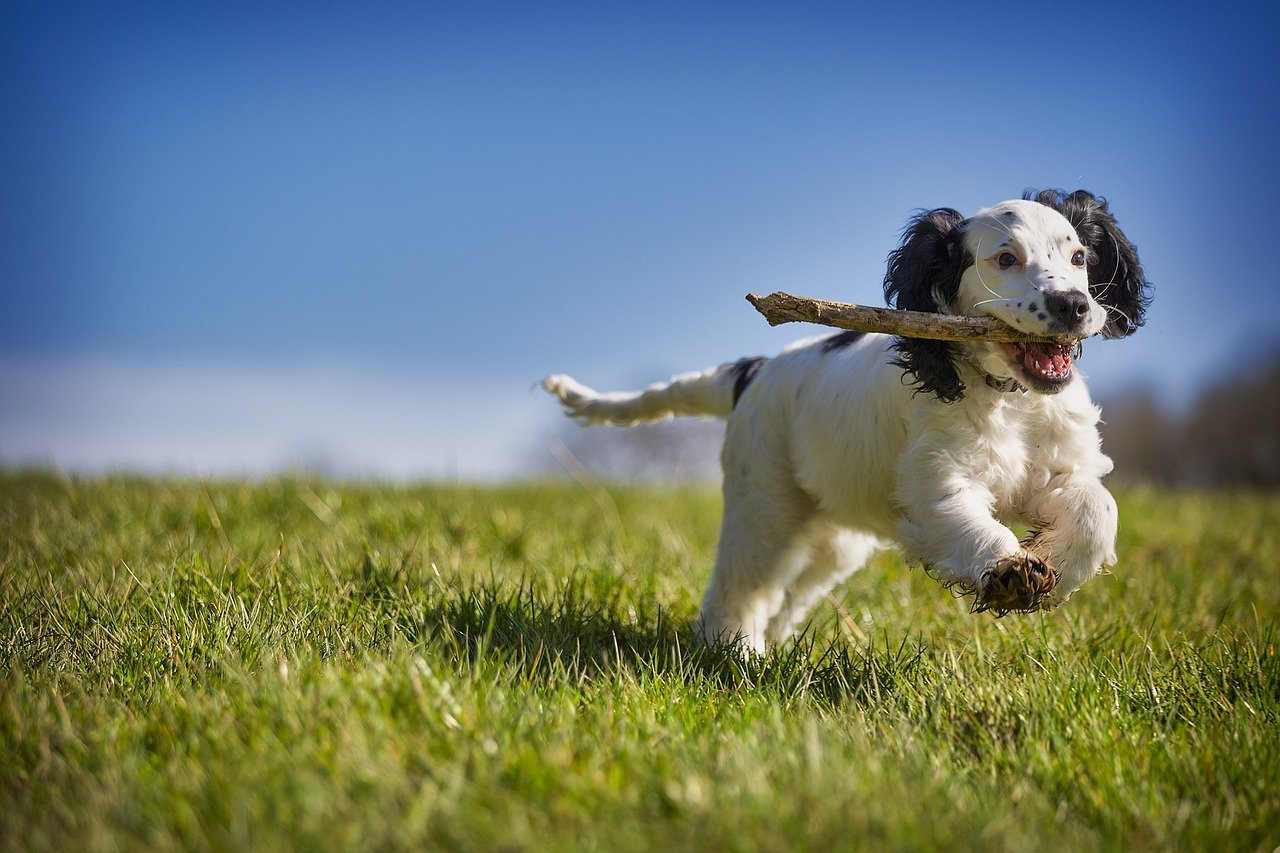
One of the most effective ways to curb digging behaviors is to ensure your dog receives enough physical and mental stimulation. Regular exercise is essential for releasing pent-up energy that could otherwise manifest as destructive behavior. Incorporate activities such as walks, runs, or playtime in the park to keep your dog engaged. Additionally, mental stimulation through puzzle toys or training sessions can help satisfy your dog’s intellectual needs. A well-exercised and mentally stimulated dog is less likely to seek entertainment by digging up your garden.
Create a Designated Digging Area
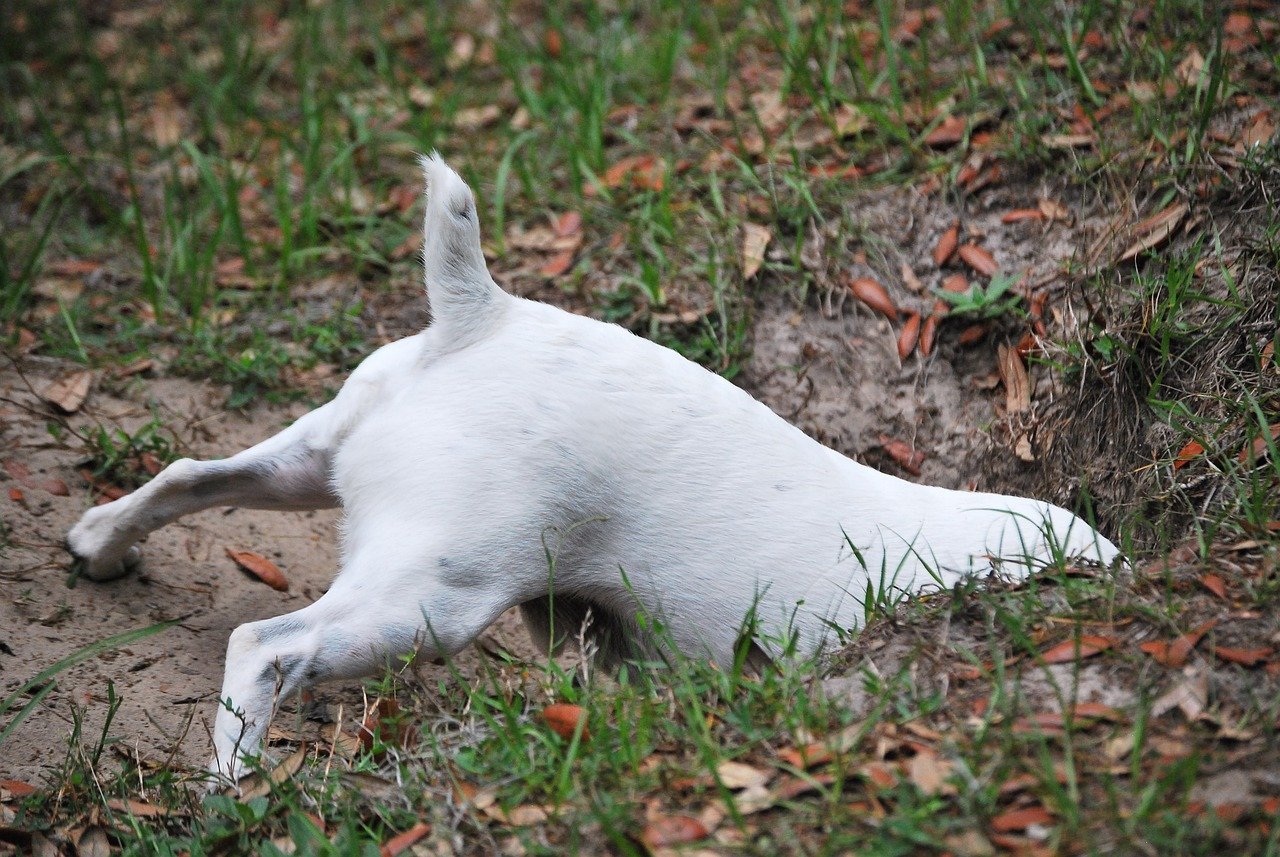
Rather than completely eliminating your dog’s digging habits, consider providing them with a designated digging area. This approach allows your dog to fulfill their natural instincts without damaging your garden. Choose a spot in your yard and fill it with loose soil or sand to make it appealing for digging. Encourage your dog to use this area by burying toys or treats for them to find. With positive reinforcement, your dog can learn that this is the appropriate place to dig, reducing their interest in your garden beds.
Use Deterrents in the Garden

Deterrents can be an effective way to discourage your dog from digging in specific areas of your garden. Natural deterrents like citrus peels, vinegar, or cayenne pepper can be sprinkled around plants to make the area less appealing. Additionally, commercial pet-safe sprays are available that can deter dogs without causing harm. Remember to reapply these deterrents regularly, especially after rain, to maintain their effectiveness. Combining deterrents with other strategies can reinforce the idea that certain areas are off-limits.
Utilize Barriers and Fencing
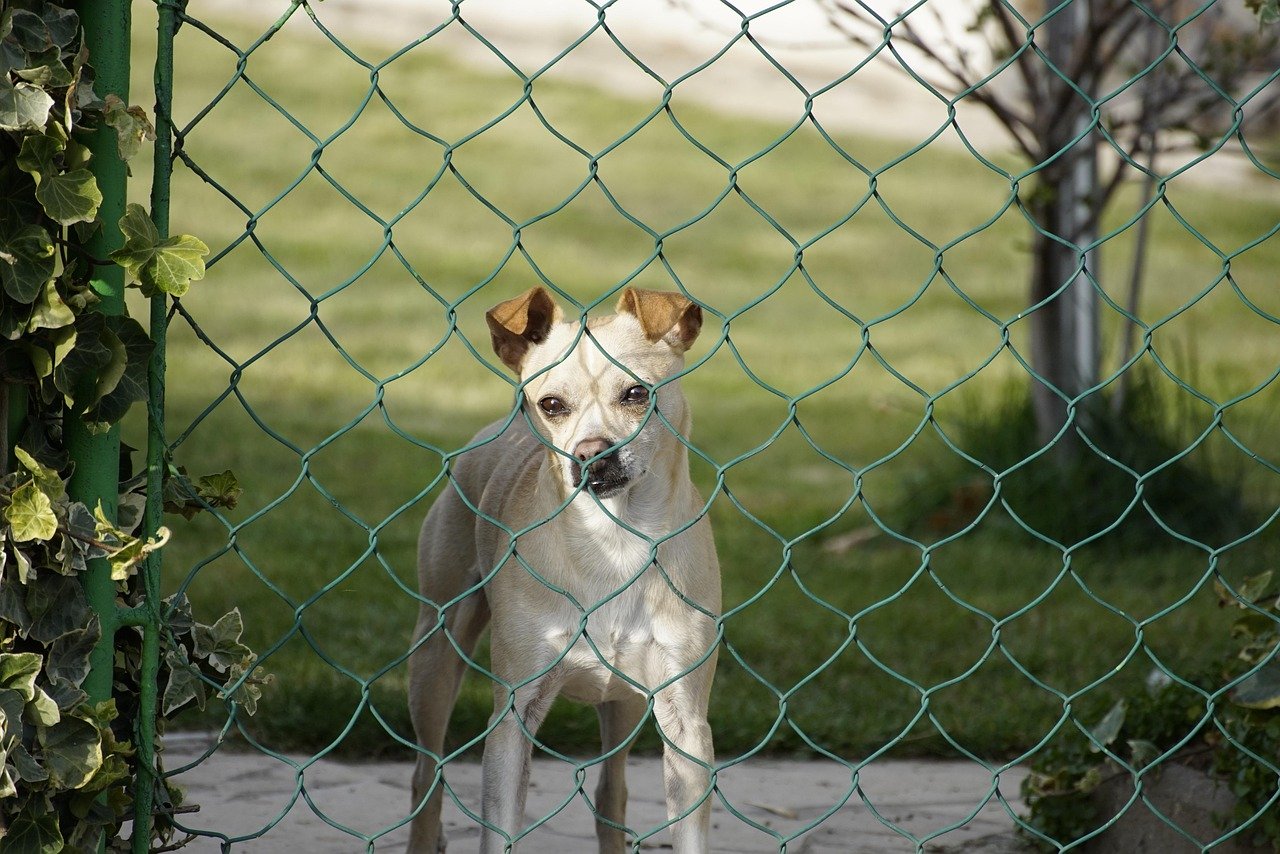
Installing barriers or fencing around your garden can physically prevent your dog from accessing the plants. Use materials like chicken wire or garden fencing to create a boundary around the garden beds. Ensure the fence is tall enough to deter jumping and that it extends underground to prevent your dog from digging underneath. While this method might require an initial investment, it can provide a long-term solution for keeping your garden safe from your dog’s digging habits.
Supervise and Redirect Behavior
Supervision is key when trying to prevent unwanted digging. Spend time outside with your dog and keep a watchful eye on their actions. If you notice them starting to dig, redirect their attention to a more acceptable activity, like playing fetch or engaging with a toy. Consistent supervision and redirection can teach your dog which behaviors are acceptable and which are not. Over time, your dog will learn to associate digging with redirection and will be less likely to engage in the behavior.
Address Separation Anxiety
Separation anxiety can be a significant trigger for destructive behaviors, including digging. If your dog tends to dig when left alone, consider implementing strategies to address their anxiety. Gradual desensitization, providing comfort items, and using calming products like pheromone diffusers can help ease your dog’s anxiety. Ensuring that your dog feels secure and comfortable when you’re away can reduce their need to dig as a coping mechanism.
Provide Shade and Comfort
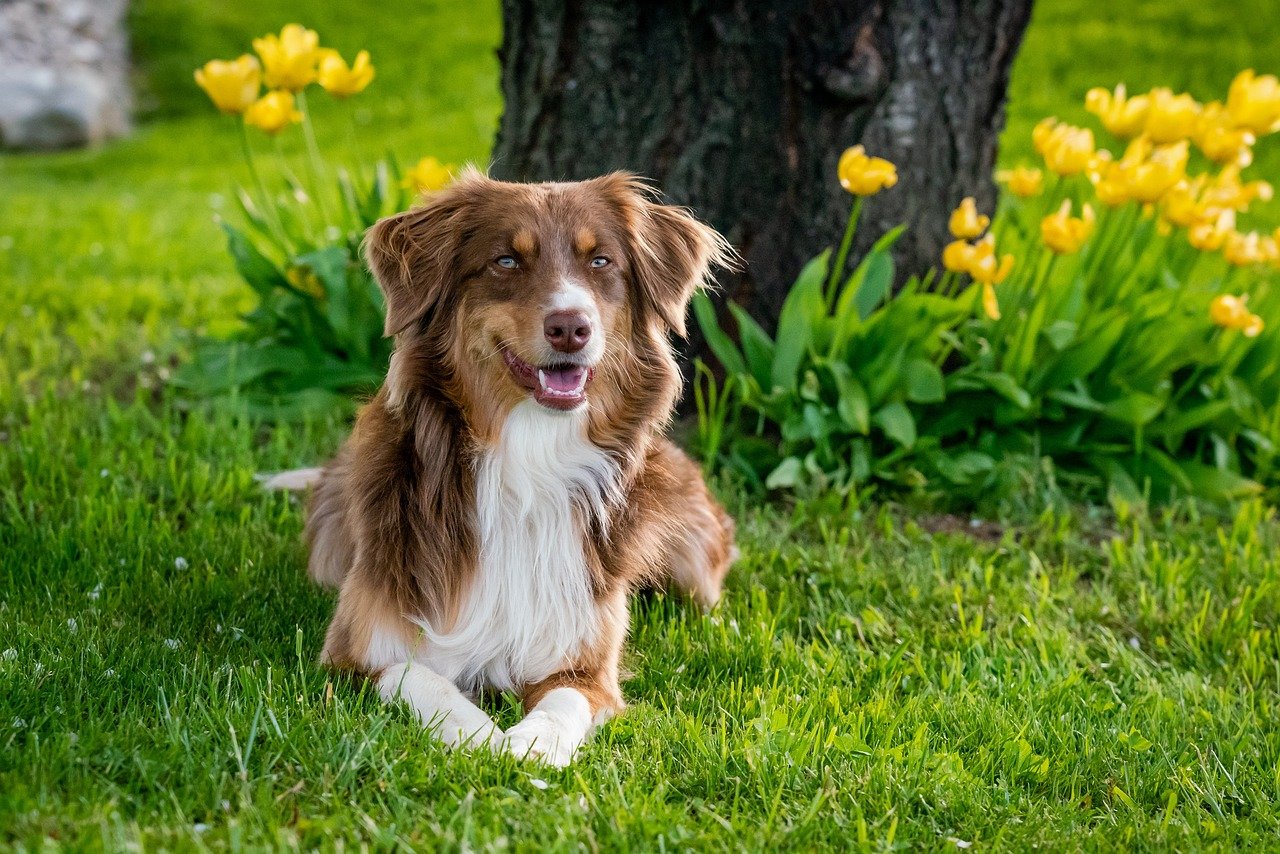
Dogs may dig to create a cool spot to lie down, especially during hot weather. Providing adequate shade and a comfortable resting area can reduce the likelihood of your dog digging to escape the heat. Set up a shaded area with a dog bed or mat where your dog can relax comfortably. By offering a suitable alternative, you can deter your dog from digging holes to find relief from the sun.
Patience and Consistency are Key
Ultimately, addressing your dog’s digging behavior requires patience and consistency. Changing a dog’s behavior takes time, and it’s important to remain committed to your chosen strategies. Be patient with your dog as they learn new habits and reinforce positive behaviors with praise and rewards. Consistency in your approach will help your dog understand what is expected of them and lead to a harmonious coexistence with your garden.
With these strategies in mind, you can effectively manage your dog’s digging tendencies while maintaining a beautiful garden. By understanding your dog’s needs and providing appropriate outlets, you can create an environment where both your plants and your furry friend can thrive.
Jen is a passionate nature lover and ocean conservationist. She has dedicated her life to protecting the environment and preserving the beauty of the natural world. Growing up in a small coastal town, Jen sincerely appreciated the ocean and its inhabitants. She has spent countless hours exploring the shoreline, learning about the creatures that inhabit the waters, and advocating for their protection. Jen is an active member of ocean conservation organizations, and she is committed to educating the public about the importance of conserving wildlife and the natural environment.





